Lydia Sweatt is a writer, bookworm, and bass guitar enthusiast. When she goes outside, a bicycle goes with her.
How to Create a YouTube Tutorial Video: Full Guide
Creating tutorials is an awesome (yet sneaky) way to grow a YouTube channel. For one, it makes you look more authoritative because you're solving problems for viewers, one video at a time. Not to mention, teaching what you know is a whole lot easier now that anyone can become a social media influencer.
The only question is, how do you make a YouTube tutorial? First, know that instructional content, no matter how cut and dry, is still content. Tutorials are fiercely competing with each other just like pranks and memes face off on YouTube.
That means every tutorial could use a little razzle-dazzle to stand out. You need to get viewers' attention, solve their problems, and make sure they leave the video feeling satisfied. It's art, science, and personal flair.
Whether you're into cooking, tech tips, or DIY projects, here's how to film the best YouTube tutorial.
What Is a Video Tutorial?

The main purpose of a video tutorial is to teach viewers how to do something. These videos explain how to perform a task, use a product, or understand a concept. Tutorials are popular because they help people accomplish their goals, like training a young puppy or building a bookcase. Also, YouTube says "how to" videos are the most attention-grabbing format.
Best of all, most channels will benefit from having a few tutorials. That's because any tutorial you make will involve your channel's main topic — nothing more, nothing less.
Keep reading to learn exactly how it's done!
1. Select Your Topic with Precision
Before you start recording, choose a topic that's in demand and worth filming on your channel. For example, few people want someone else to show them how to skip a rock across a lake. And we know this because "skip a rock" is searched less than 2,000 times a month on YouTube, according to vidIQ.

Compare that to the mysterious yet intriguing phrase, "lasagna soup." YouTube viewers type it into the search bar 30,000 times monthly. vidIQ tells us the topic isn't competitive, which means a "lasagna soup tutorial" could get more views.
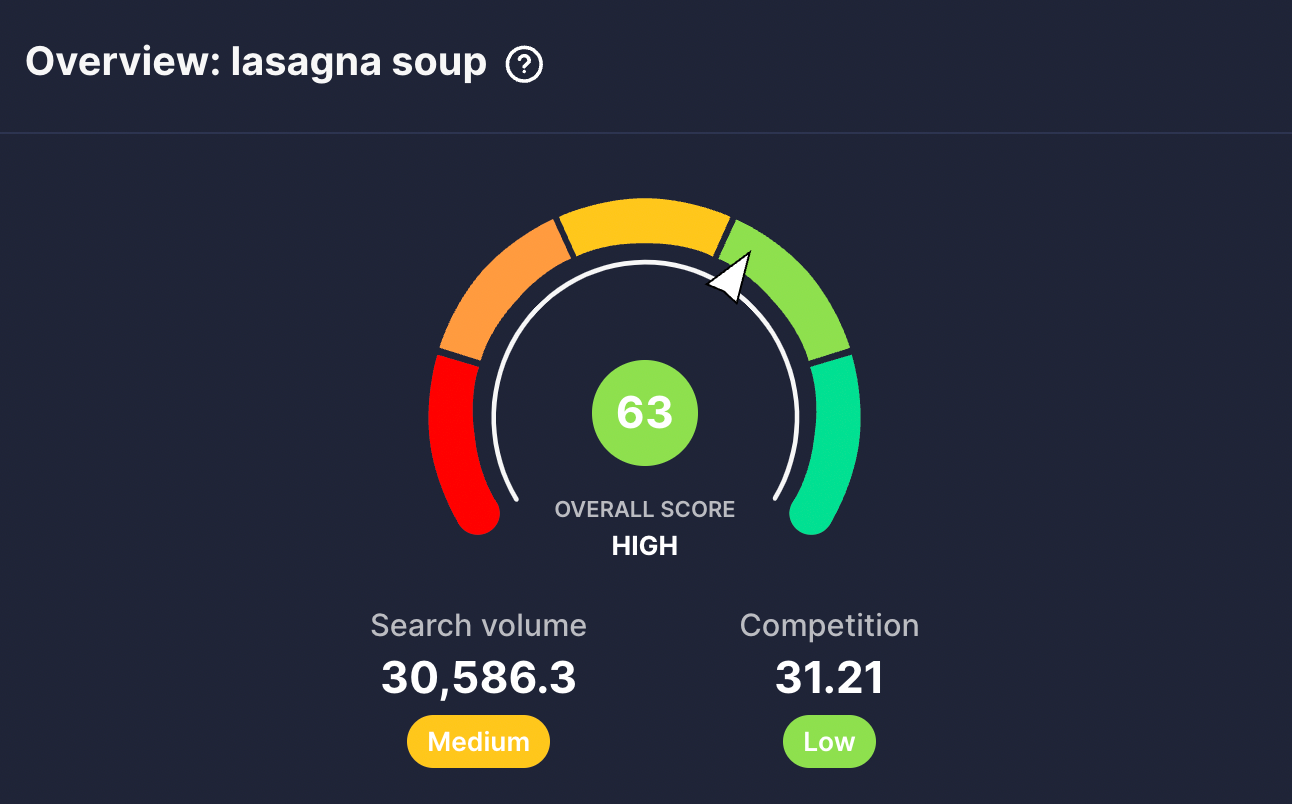
So, before you start creating, always look for high demand. And remember that a good tutorial video fits into your niche and your viewers' goals.
2. Study Similar Tutorials on YouTube
YouTube was launched in 2005, so there's a good chance the video you're planning already exists. That's not a bad thing, though. You just have to see which tutorials are out there and try to make something that's 10 times better.
You can start by:
- Typing your topic into the YouTube search bar (using the phrase "how to)
- Watching the top three videos on the search page.
- Observing how the videos are structured.
- Noticing which information is included.
- Noticing which information isn't included (and adding that to your version).
3. Script Your Tutorial
A well-crafted script is the backbone of any good tutorial. It guides your delivery, ensuring that you cover the key points clearly and concisely.
But writing scripts is hard work, so don't do it from scratch. Instead, use a video script generator to push your ideas in the right direction.
Once you have a script, spruce it up by indicating what will appear on the screen while you're talking. That way, you know exactly what's happening visually and textually.
For instructional videos, it also helps to create a storyboard. This helps you visually imagine how you'll break down a complex topic, scene by scene.
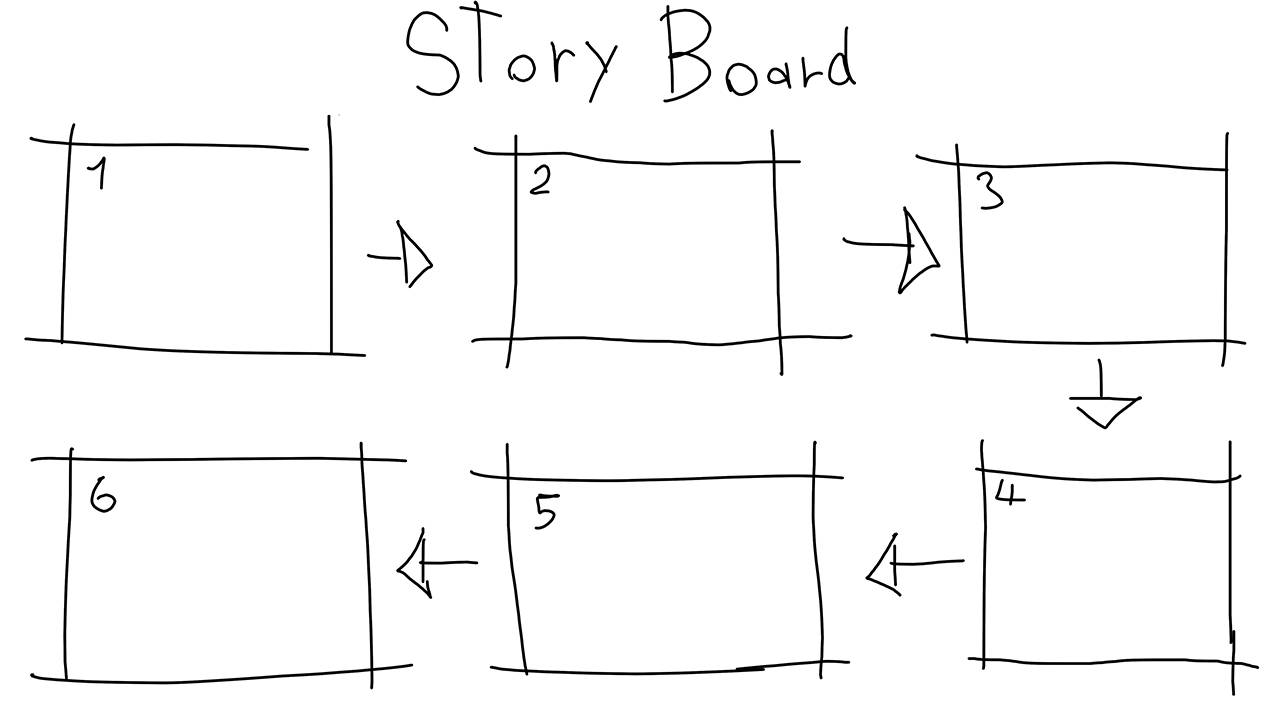
4. Go Step By Step
The best video tutorials are easy to understand, which means you'll have to explain everything in chronological order. So, go step by step so viewers have a firm understanding of what they need to do. This is pretty easy if you followed step three: create a video script/storyboard.
5. Capture Each Step Visually
It isn't enough to tell viewers what to do; you have to show them everything when filming a tutorial to make sure they understand.
While you're speaking, pick up the camera and show people what you're doing or referring to. This ensures that no matter how hard a task is, there's a visual perspective to aid viewers in the process.
6. Use Quality Lighting and Audio
Every tutorial needs proper lighting, visuals, and audio to truly help anyone. After all, if viewers can't see what you're doing or hear why you're doing it, the video can't do its job. Consider using a ring light or an LED panel if you're filming in a dark location. Get a high-quality microphone or simply get closer to the one you're using if you need better sound.
As for visuals, you might not need a fancy DSLR camera to shoot your tutorial. But at the very least, use a smartphone with a decent video camera.
7. Use Visual Aids
A standard tutorial has some sort of audio or human voiceover, plus a visual demonstration. However, most videos need more than that to get a point across, especially in the art of teaching. That's why editing your video with more elements is so important.
Text and Images
First, always add text to your tutorial as you explain each step, especially the tricky parts. These short descriptions truly speed up the learning process. Graham Stephan, a finance creator, is notorious for adding text to all of his videos.

If you have images or graphics, those are helpful too. You can include maps, diagrams, tables, charts, or anything that cements the viewer's understanding of a concept. For example, check out this inflation graphic from Matt Brighton's tutorial on knowing when to buy a house.

Screen Recordings
Also, screen recordings are great for tutorials that involve computers, the internet, or applications. They allow you to show viewers where you're navigating, which is extremely helpful. You can even overlay them on top of another video frame, picture-in-picture style. Check out the example below, where AJ&Smart screen records a Figma tutorial.
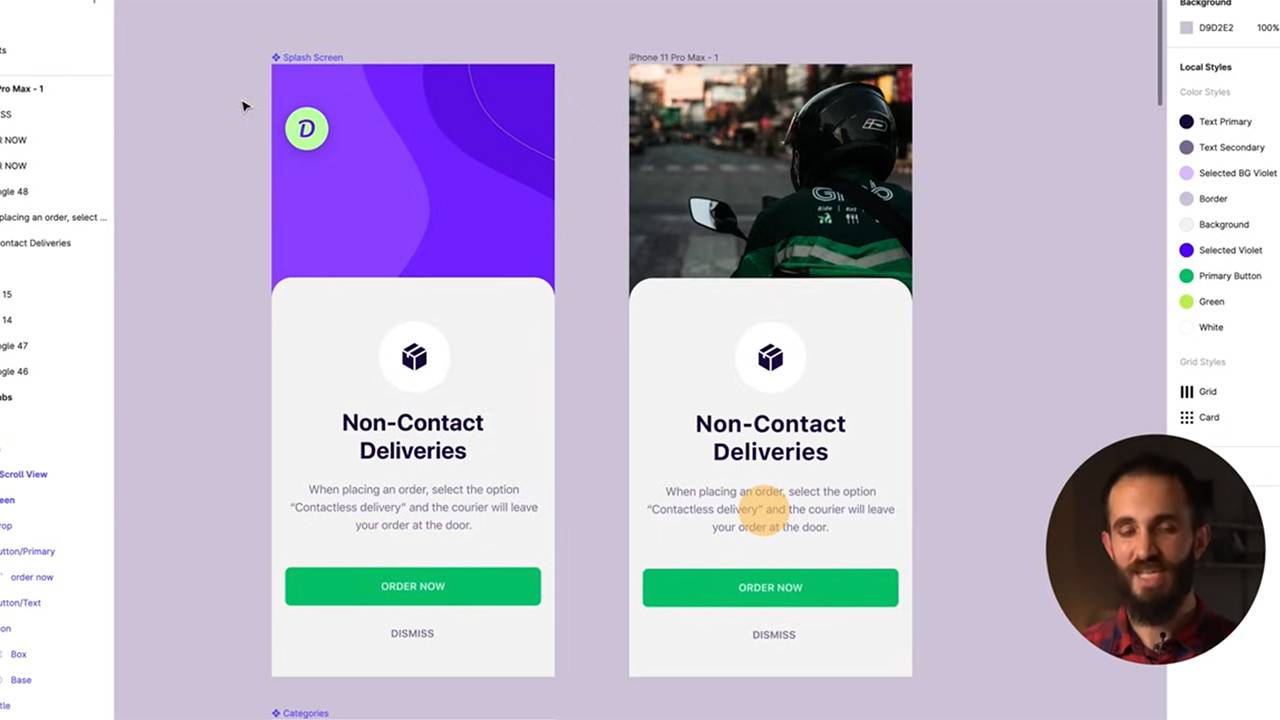
Captions
Plus, don't forget to use captions in your video. That makes your tutorial accessible to a wider audience, including those with hearing impairments. They're also helpful for anyone who is following along and doesn't want to miss something important!
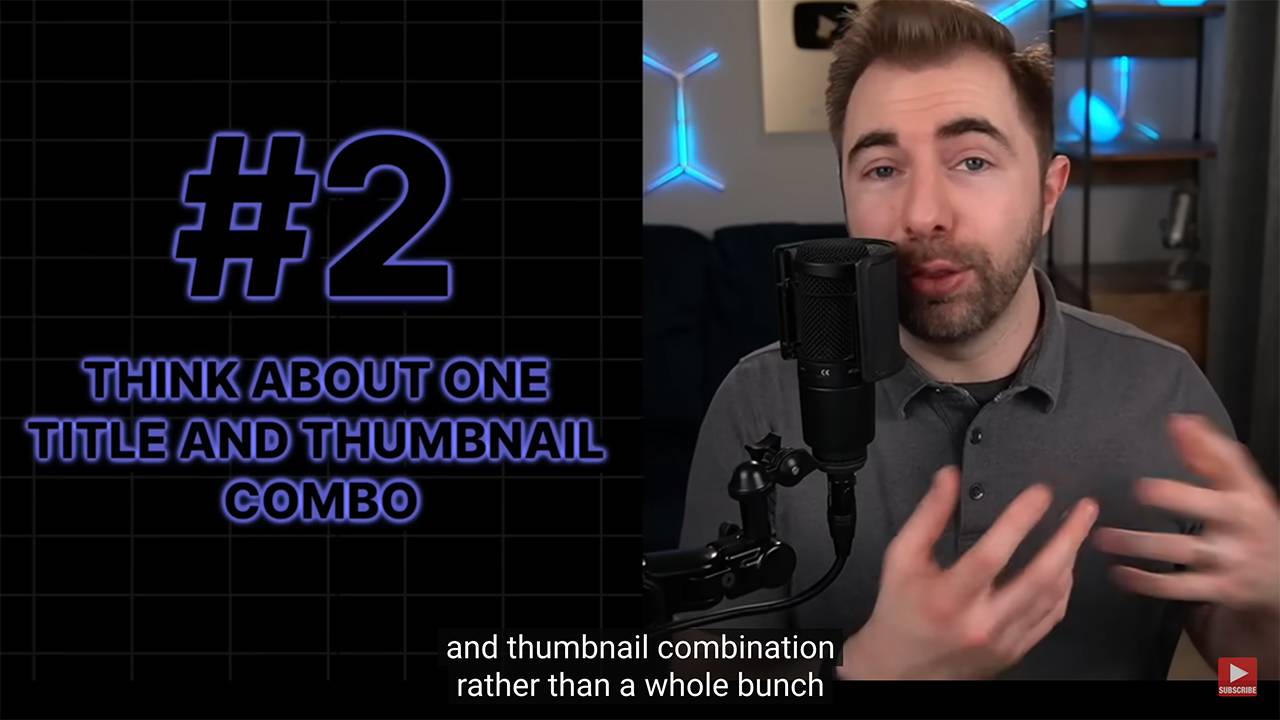
8. Add Video Chapters (if YouTube Hasn't Already)
Video chapters split your content up into sections and make it easier for people to navigate your tutorial. They can easily skip ahead or move backward to see something they originally missed.
YouTube does provide auto chapters in most cases. But if not, you can manually create chapters in the YouTube Studio and name them accordingly.
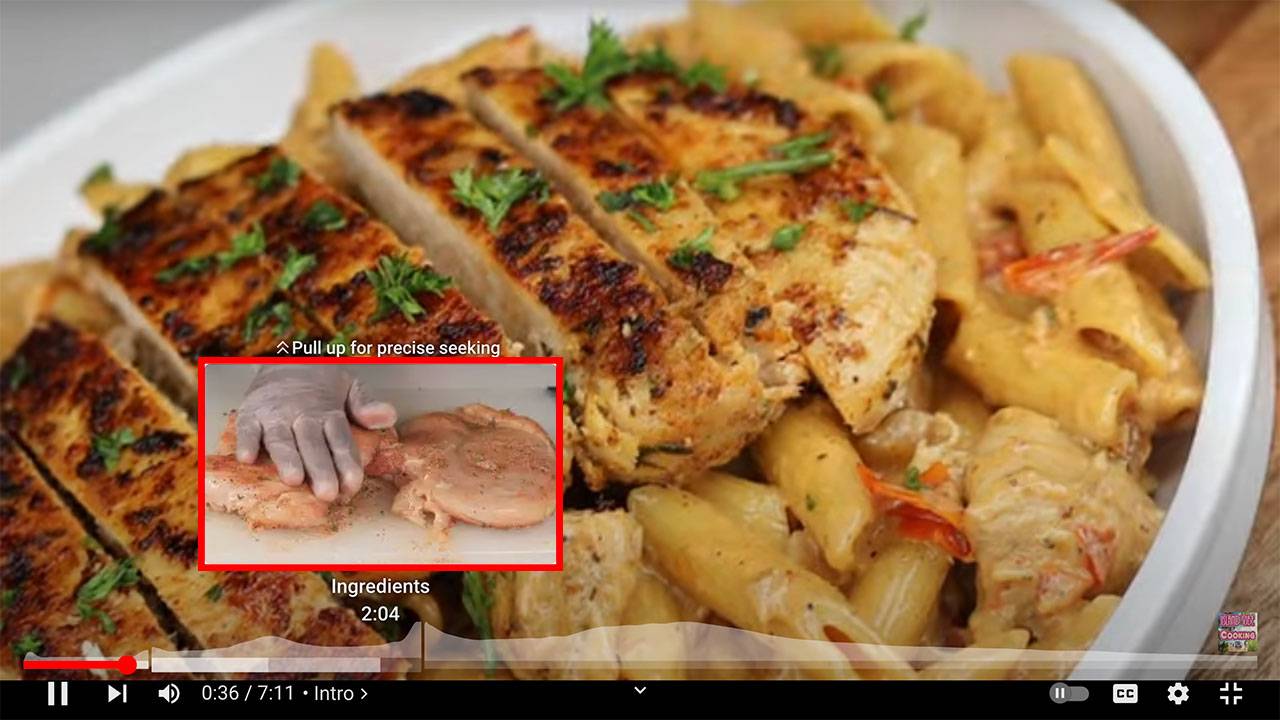
Don't Forget to Add Some Personality
If you aren't careful, tutorials can end up sounding a bit dry, especially if they only focus on the task at hand. That's why throwing in some personality is essential. You don't have to overdo it, but have fun where necessary and try to be engaging throughout the video.
After all, what's going to bring viewers back to your channel once they get their problem solved? Your personality!
Tutorials are great for growing a new channel, but they aren't the only format to consider. Here are nine videos to make when launching a new YouTube channel!



